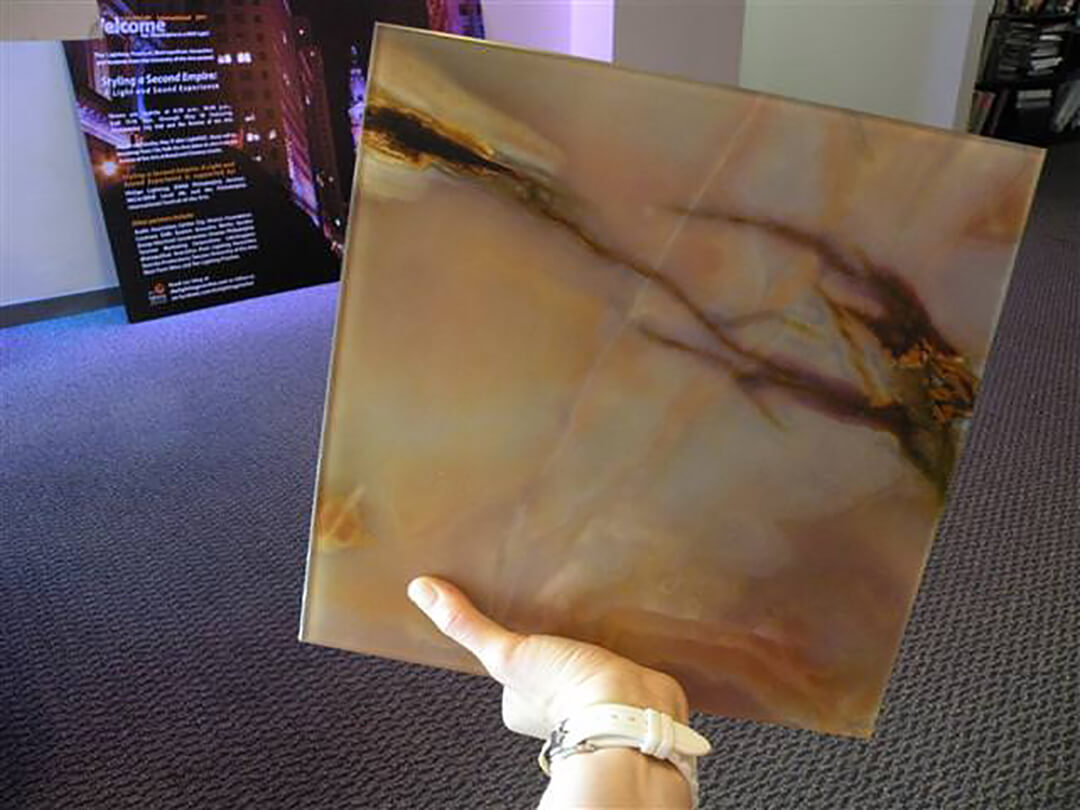One very important part of our design process, especially when we are designing with LEDs, is conducting an in-house mock-up with the product(s) we intend on specifying.
Biggest reason being: unlike fluorescent, halogen or metal halide there aren’t strict standards for lumen output, color temperature, or efficiency for LEDs and the fixtures they are placed within. Some of you may have seen the LED “lighting facts” label that resembles the nutrition label you see every morning on your box of cereal, but that’s really only to ensure us that the LED fixtures are being tested prior to their release into the real world. The label helps us quantify characteristics of a product such as their lumen output, color temperature, and efficiency. Even so, just like purple can be magenta or lavender, 3000K can end up being more white-white or yellow-white. Manufacturers are doing a better and better job sticking to chromaticity standards within a “3-step MacAdam ellipse” (I know I lost you here…), but still, seeing exactly how they react with the materials you intend on lighting makes a huge difference in the end.
I have been working on a project called Texas Children’s Hospital Maternity Center in Houston, Texas for the last three years. We are deep into CA, and the project is set for completion by the end of the year. Even so, there was one “little” (by little I mean pretty significant) backlit feature in the main lobby that was waiting to be explored before I would approve the shop drawing submittal; a submittal for a product I had only specified as a placeholder since I hadn’t received a piece of the glass to mock it up.
At long last, my glass sample arrived! I already had ordered the fixture samples and had them stored in the back mock-up room. And what do you know?! It wasn’t bright enough…… I tried out three more backlighting solutions, but none of them were exactly right either. The glass had some very warm undertones and detailing which were washed out if the LED color was too cool. In the end, we decided to increase the density of the originally specified product due to the warm 2700K color temperature which so wonderfully rendered the warm colors and intricacies of the glass’ pattern.
Lesson learned here? Always, always, always do an in-house mock-up. Even if you feel confident, it’s better to spend the extra time now rather than the extra time at the end of construction when it didn’t work out exactly how you expected it and your client is not happy with the end result.
So, which solution do you think we ended up going with? The first image will give you an idea of what the glass looks like without backlight.
*Lighting Lesson by Heather Kilroy, former Associate with The Lighting Practice





